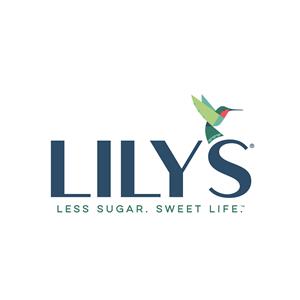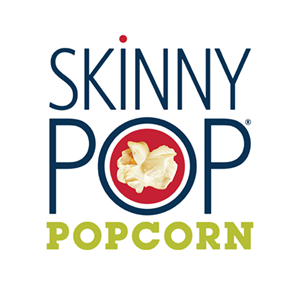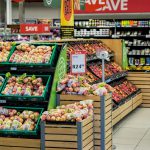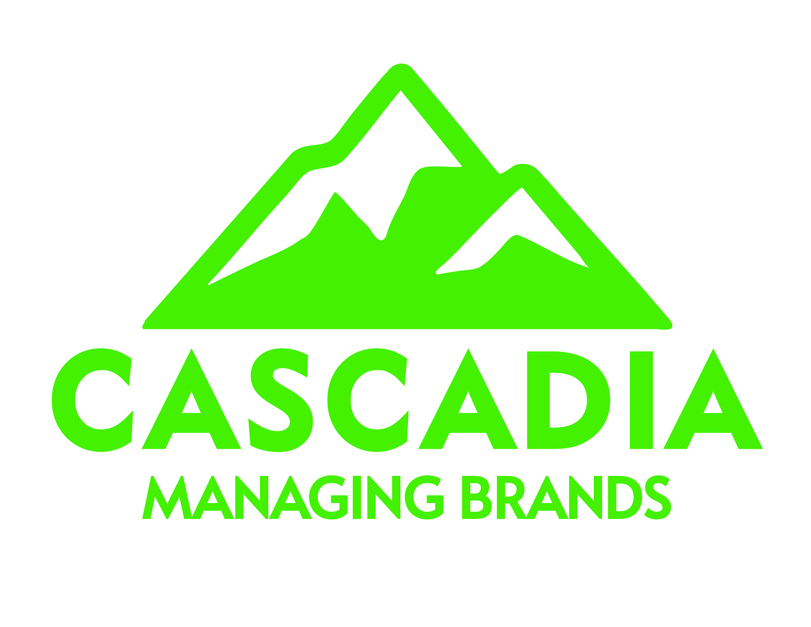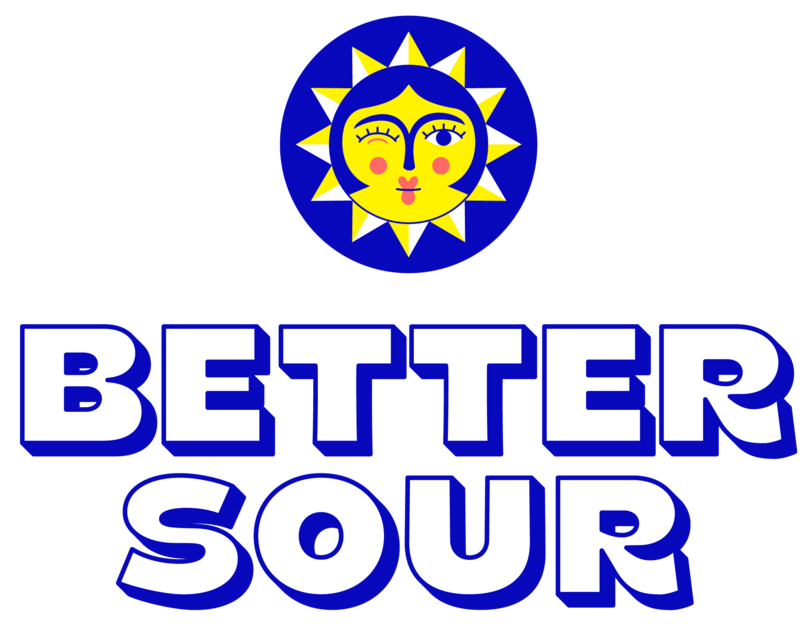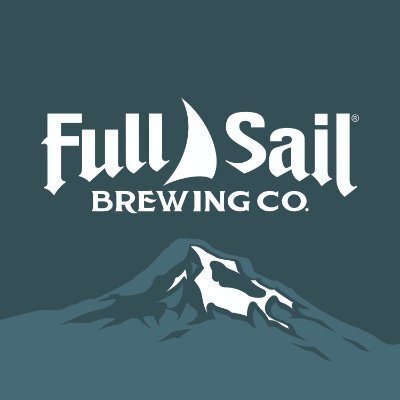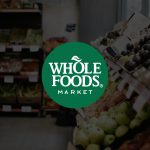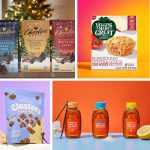Hershey Q3: Confection, Snacking See Sales Bumps
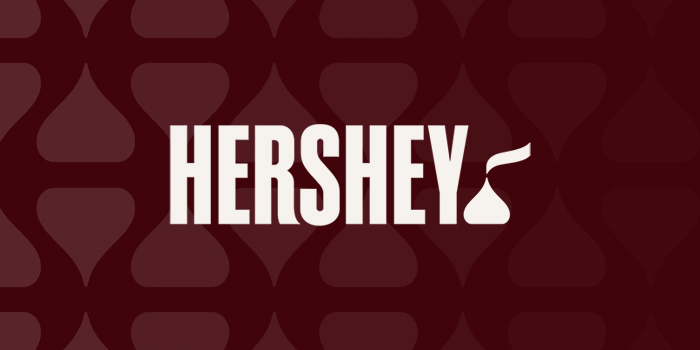
Encouraged by growing retail sales growing across its confection and snacking groups despite supply chain restraints, The Hershey Company increased its 2021 net sales and earnings guidance today, as the company works to optimize in-store placement to boost category sales.
Hershey’s net sales for the third quarter were up 6.3% to $2.36 billion. North American net sales increased 5.5% to $2.12 billion, driven by price increases and seasonal purchasing ahead of Halloween. The company reported its Halloween sales are up 14% year-over-year and 23% over two years.
However, capacity constraints and supply chain issues led to lower inventory levels for retailers and distributors, resulting in a six-point net sales growth headwind for the quarter. Hershey’s advertising and consumer marketing expenses were down 3.6% in Q3 due to high consumer demand and constraints on certain brands.
Retail takeaway for the 12-week period ending October 3 across MULO and c-stores, which includes the recently acquired Lily’s brand, was up 8.9%, and 16.9% on a two-year basis. The company gained share in both confectionery (100 basis points) and snacking (220 basis points) in Q3 on a two-year basis. Candy, mint and gum (CMG) takeaway saw an 8% boost, with growth from both its everyday and seasonal products. Retail takeaway was also up for SkinnyPop (+23.3%) and Pirate’s Booty (27%), driven by the success of multi-pack and family size packs. Buck said SkinnyPop has reached $500 million in retail sales over the past year and is now the company’s fifth largest brand.
Baking and syrup products fell 5.5% as the pandemic-driven rise in baking last year levels off, though Hershey’s-branded and Lily’s baking items saw double-digit retail takeaway growth on a two-year basis.
To continue to grow retail takeaway, Buck said the company has been working to find new opportunities in merchandising and placement to optimize category growth, recently making a push to increase its presence in self-checkout.
“It’s a perfect fit with some of the struggles [retailers are] having around labor and a great opportunity to get the category out there and make sure that people don’t miss that chance to have that last impulse purchase,” Buck said. “I think our retailers are always focused on what’s going on in the environment that they need to address in terms of their store layout and fortunately, we’ve been able to help them with some of that.”
As the company faces supply chain constraints and restricted inventory levels, Hershey’s has increased hiring within its manufacturing facilities to boost production as well as “provide employees with more scheduling flexibility and time off, which we believe will make our employee value proposition even stronger,” according to Buck. She said its board of directors has approved a $200 million capital investment to add capacity for brands like Reese’s that are particularly constrained. Last month, the company also executed a high single-digit price bump on 60% of its U.S. confection products.
Net sales growth for the full-year is expected to be 8% to 9%, up from its previously stated range of 6% to 8%, with the increase reflecting “strong consumer demand, an
improved tax outlook and optimized brand investment, which collectively are expected to more than offset higher supply chain costs and inflation,” Buck said.
